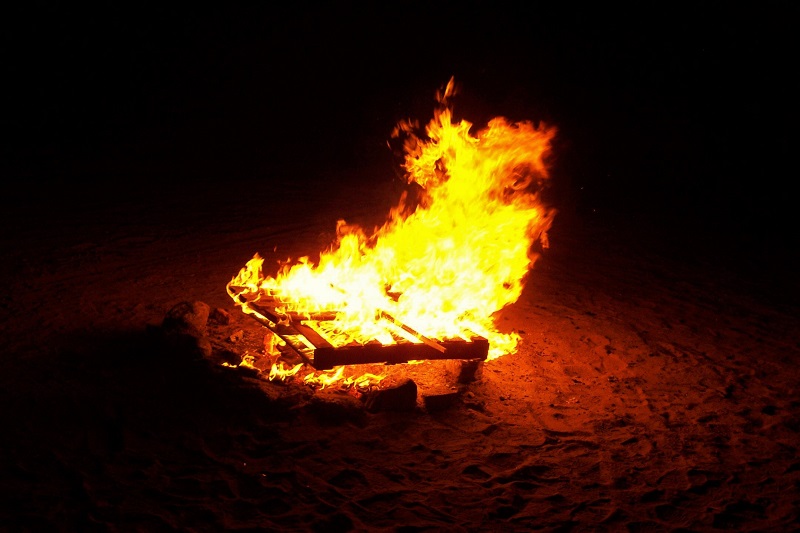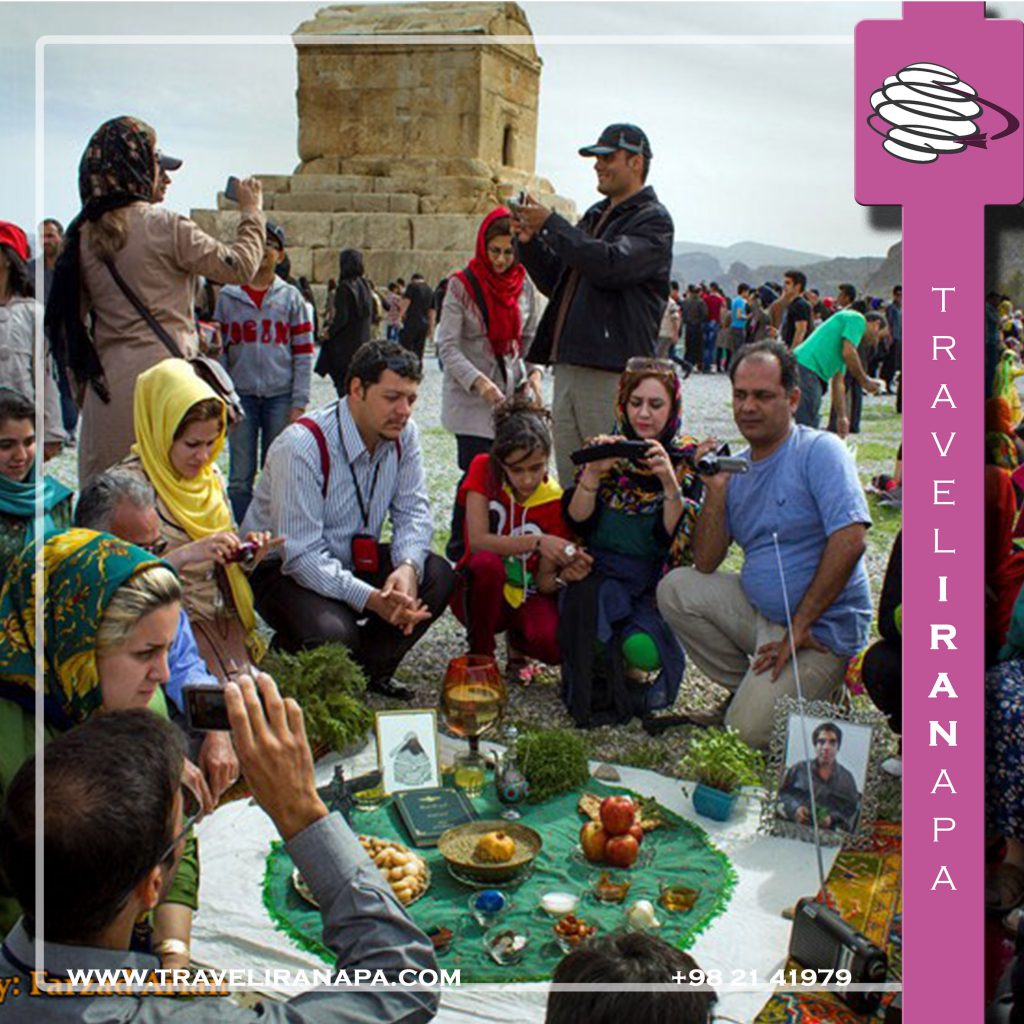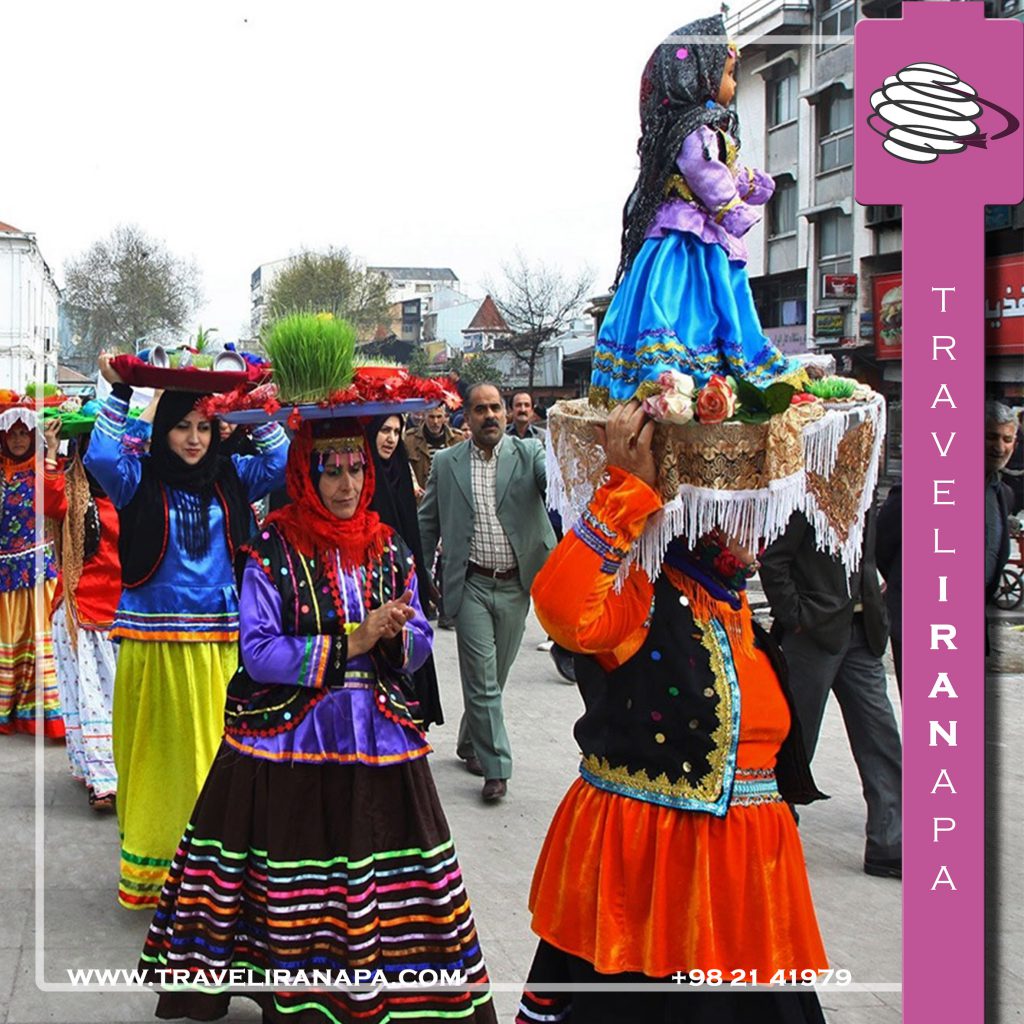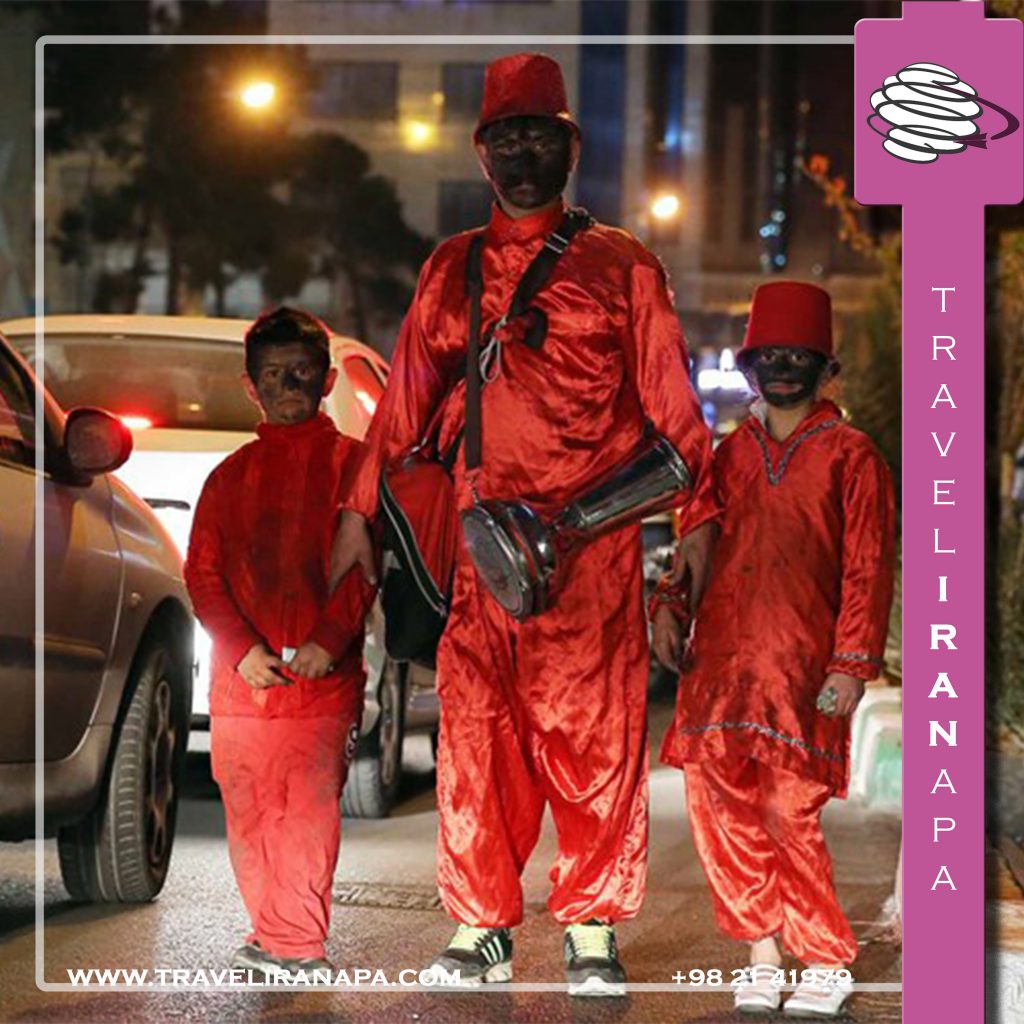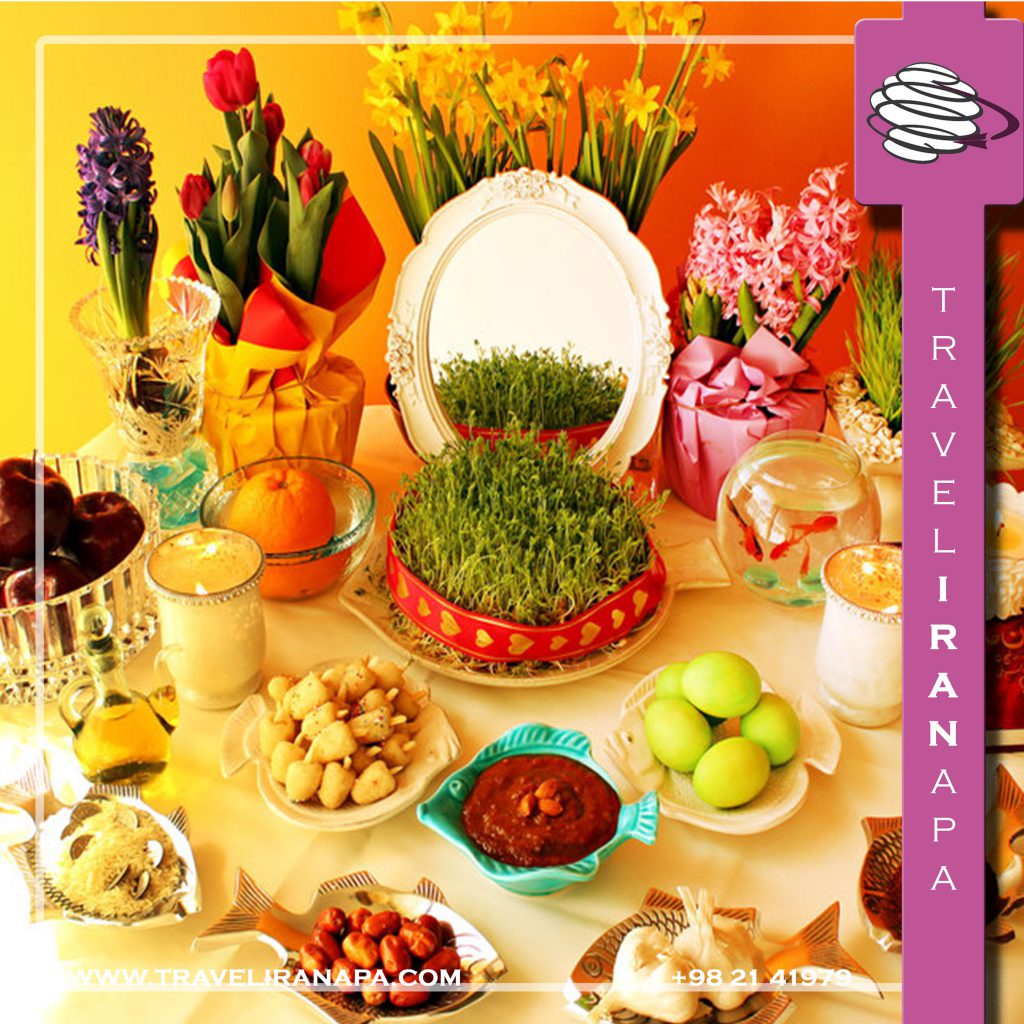“Every day is your Newday, your Newday shall be victorious”
The fire games of the last Tuesday night of the year, the family’s spring-cleaning mode, and the crowded stores and bazaars, all signal the last breaths of the winter season and the arrival of refreshing spring with the steps of Persian New Year (Solar New Year), Nowruz.
Nowruz which means “New Day” is the name for Solar New Year better known as the Persian New Year that is celebrated at the time of vernal equinox (about march 20th) each year, this is the time that the sun enters Aries and spring begins. Nowruz has been celebrated for more than 3,000 years and its history goes back to Achaemenid Empire based on researches. Nowruz has deep roots in the rituals and traditions of the Zoroastrian religion and it is one of the most sacred days in the ancient Zoroastrian calendar. The return of spring had a great spiritual significance that symbolized the success of joy over sorrow. This beautiful occasion is celebrated not only in Iran but it’s also celebrated worldwide by various ethno-linguistic groups, and it is a public holiday in Iran, Kazakhstan, Azerbaijan, Afghanistan, Albania and some other countries in South and Central Asia. There are some exciting preparations for Nowruz that you can see its waves among people from almost end of February. These preparations include house-cleaning, shopping and Haft-Sin. “Khaneh Tekani” which means shaking the house meaning house cleaning in which people clean their houses and replace their old and useless goods with new ones. This ritual is done to have a fresh start at the New Year and to wipe everything out of misfortune. Then we reach to the good part, shopping! People go shopping and buy new cloths for themselves and they also buy sweets, nuts and some other items used for Haft-Sin table. Now we reach to one of the most famous and important rituals of Nowruz, Haft-Sin, which means 7S that stands for 7 items that their names start with Iranian alphabet “seen”, “س”. Haft-Sin table is made out of items that their names start with “seen” in Persian as well as some other items without “seen”, such as “senjed” (dried oleaster) which represents wise acts and wisdom, “seeb” (apple) which represents love and health, “sabze” (green plant) which represents happiness, goodness, vitality and its green color keeps the rhythm of our thoughts balanced and makes us calm, “samanoo” (Iranian sweet paste) which represents patience, resistance, and a member of justice and power, “seer” (garlic) which represents contentment and refusal to invade, “serke” (vinegar) which represents adopting to disadvantages of life and surrender to the wisdom of almighty God, “sumac” (sumac) which represents patience and tolerance; haft-sin includes other items too like “sonbol” (Hyacinth) which symbolizes spring as it grows in spring and the interesting thing is that it starts with “seen” in Persian, colorful eggs, mirror and candles, and the holy book of Quran. The glorious Haft-Sin table should be ready before Nowruz and exactly at the time of vernal equinox the whole family sit together beside Haft-Sin table and exactly at the moment of vernal equinox Nowruz begins and the sparkle of joy can be seen everywhere. Nowruz is 13 days and within these days people go to their relatives’, friends’ and maybe their neghbours’ house for a visit (usually younger people visit elders first). Usually these visits are not long and they’ll be done in a short time at each person’s house and in these visits usually young people get gifts from elders which are called “eidi”. The last day of holidays is called “13 Bedar” (13 to go), a day of festivity in nature, that people go out at public parks and nature for family picnics and chilling together. This day is usually at 1st April or very close to this day and it has a tradition called “lie of the 13th” which is as like as Aprils fool, another tradition is that the green plant of Haft-Sin is taken out and thrown away at running water outside (like river), these are all done to get rid of the “curse” of 13, as it is believed that 13 symbolizes bad luck. There is another tradition that single girls tie grasses in order to unlock their fortune in order to get married soon! Altogether there is a lot of fun in the Iranian New Year, all the way from “4Shanbe Soori Festival” to the “13 Bedar”. So if you got the time, make sure you won’t miss the opportunity of visiting Iran at Nowruz Holidays!
Message: HAPPY NOWRUZ EVERYONE!!!


